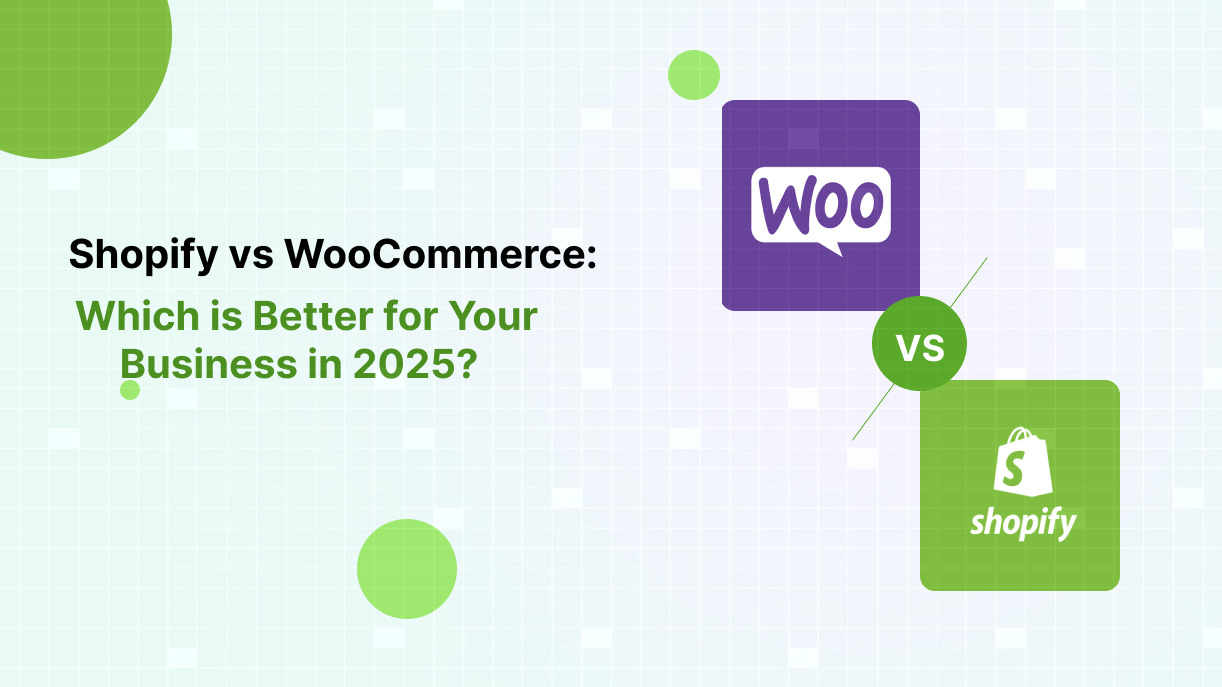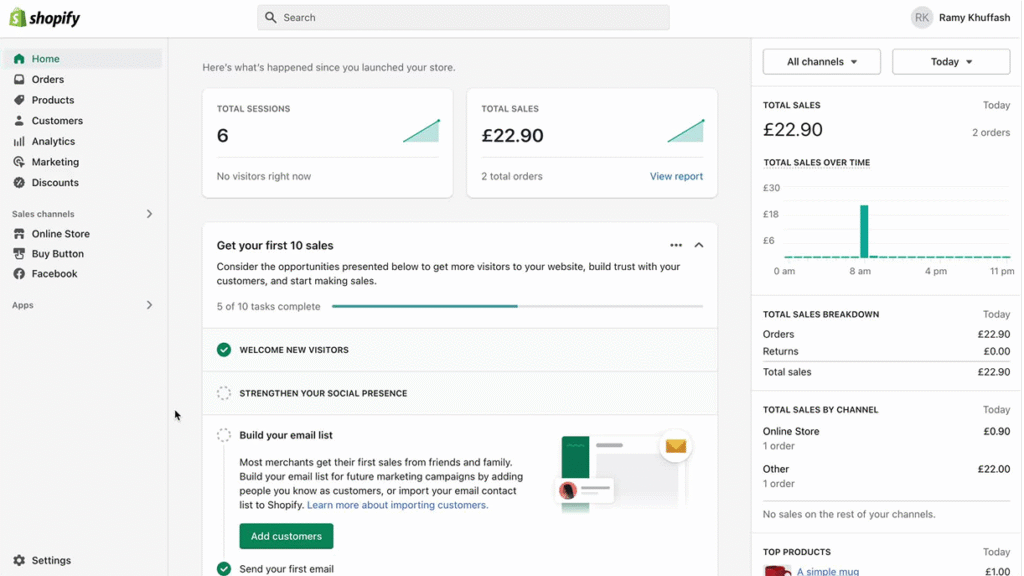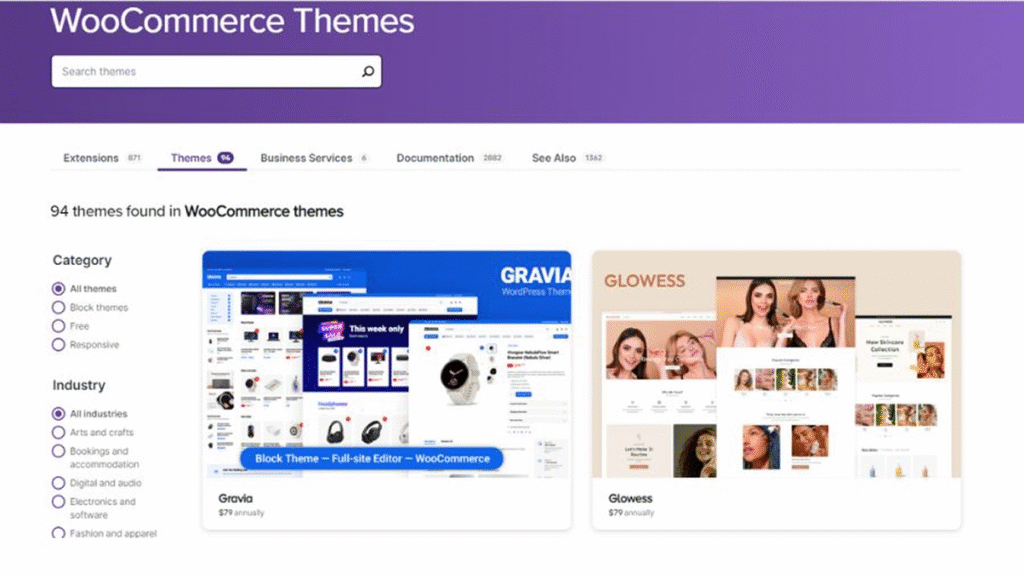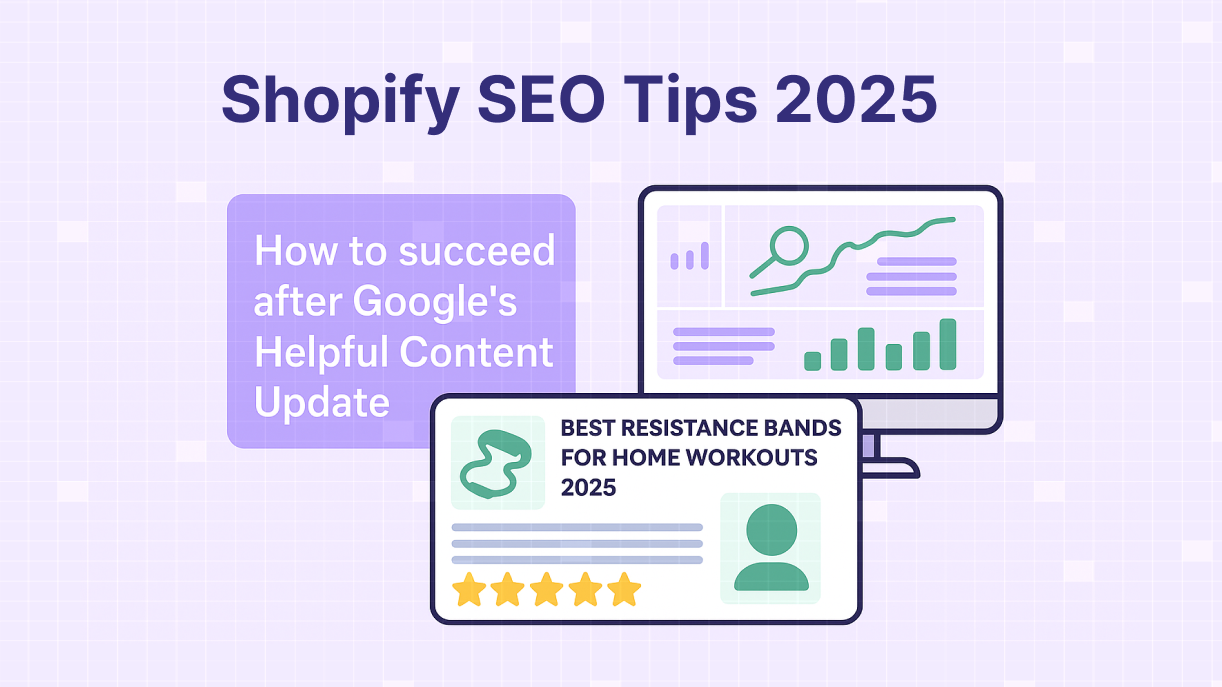
Shopify vs WooCommerce: Which is Better for Your Business in 2025?
In the dynamic world of e-commerce, selecting the right platform is crucial for building a successful online store. Shopify and WooCommerce are two of the most popular e-commerce platforms, each offering distinct advantages. Shopify is a hosted, all-in-one solution known for its ease of use and robust features, while WooCommerce, a free WordPress plugin, provides unparalleled flexibility for those comfortable with technical management. This Shopify vs WooCommerce comparison for 2025 examines ease of use, cost, features, SEO capabilities, and support to help you choose between Shopify and WooCommerce based on your business needs.
Introduction
The e-commerce landscape is competitive, with global sales reaching $5.7 trillion in 2024, according to Kinsta. Shopify powers over 4.65 million websites, while WooCommerce supports more than 3.5 million, as per Mobiloud. Shopify is ideal for businesses seeking a quick, user-friendly setup, while WooCommerce appeals to those needing customization and control. This ecommerce platform comparison will help you decide which platform aligns best with your goals.
Shopify
Shopify is a hosted e-commerce platform that provides everything you need to build and manage an online store. Known for its intuitive interface, comprehensive features, and 24/7 support, Shopify’s all-in-one approach includes hosting, security, and SSL certificates, making it a hassle-free option for beginners and growing businesses.
WooCommerce
WooCommerce is a free, open-source plugin for WordPress, the world’s most popular content management system, powering 43% of websites. It offers extensive customization but requires users to manage hosting, security, and plugins. WooCommerce is ideal for businesses with technical expertise or those prioritizing flexibility.
Why Compare?
The choice between Shopify and WooCommerce can affect your store’s setup, scalability, and long-term success. Understanding their differences in ease of use, cost, features, SEO, and support will guide you to the platform that best suits your business needs.

Detailed Comparison: Shopify vs WooCommerce
Below is a detailed comparison of Shopify and WooCommerce across key factors:
| Aspect | Shopify | WooCommerce |
|---|---|---|
| Ease of Use | Intuitive drag-and-drop editor, AI tools (Shopify Magic, Sidekick), guided setup, no technical skills needed. | Requires WordPress setup, hosting, and plugin management; steeper learning curve for beginners. |
| Cost | $29–$299/month (billed annually), paid themes ($100–$500), apps, transaction fees (2.9% + 30¢ without Shopify Payments). | Free plugin, hosting ($36–$5,400/year), domain ($10–$20/year), themes/plugins ($0–$129/year), payment fees (2.9% + 30¢). |
| Features | 200+ templates (13 free), AI theme generator, robust inventory, shipping (USPS, UPS, DHL), Shopify Payments, POS, email marketing (10,000 free emails/month). | 100+ templates (5 free), inventory/shipping via plugins, payment extensions (PayPal, Stripe), no native POS, plugin-based marketing. |
| SEO | Built-in SEO tools (meta titles, URLs), limited advanced customization. | Advanced SEO with WordPress plugins (Yoast SEO, All in One SEO), greater control. |
| Support | 24/7 live chat, email, phone, Help Center, Shopify Academy. | Community forums, documentation, third-party plugin support, less centralized. |
Ease of Use
Shopify is designed for simplicity, making it ideal for beginners. Its drag-and-drop editor and guided setup allow users to create a professional store in hours without coding skills. Shopify handles hosting, SSL certificates, and security, reducing technical overhead. Features like Shopify Magic (AI-driven product descriptions) and Sidekick (store optimization) enhance usability, as noted by WebsiteBuilderExpert.
WooCommerce requires setting up a WordPress site, choosing a hosting provider, and installing the plugin, which can be complex for non-technical users. Managing themes, plugins, and updates adds to the workload. WPBeginner states, “WooCommerce offers flexibility but has a steeper learning curve, making it less suitable for beginners.”
Verdict: Shopify excels in ease of use, ideal for quick, hassle-free store launches.

Cost
| Cost Component | Shopify | WooCommerce |
|---|---|---|
| Base Cost | $29–$299/month (billed annually) | Free plugin, hosting $36–$5,400/year |
| Additional Costs | Themes ($100–$500), apps, transaction fees (2.9% + 30¢ without Shopify Payments) | Domain ($10–$20/year), themes ($0–$130/year), plugins ($0–$129/year) |
| Payment Fees | Avoidable with Shopify Payments | 2.9% + 30¢ per transaction (e.g., WooPayments) |
Shopify offers pricing plans from $29/month (Basic) to $299/month (Advanced) when billed annually, including hosting, SSL, and access to thousands of apps. Additional costs may include premium themes ($100–$500) and transaction fees if not using Shopify Payments. For details, see Shopify’s pricing.
WooCommerce is free, but associated costs add up. WordPress hosting ranges from $36 to $5,400 annually, depending on the provider. A domain name costs $10–$20 per year, while premium themes and plugins can cost up to $130 and $129 per year, respectively. Payment gateways like WooPayments charge 2.9% + 30¢ per transaction, as highlighted by Cloudways.
Verdict: WooCommerce may be cheaper initially, but Shopify’s predictable pricing is often more cost-effective for scaling businesses.
Features
| Feature | Shopify | WooCommerce |
|---|---|---|
| Inventory | Low stock alerts, multi-location stock, attribute-based collections | Basic stock tracking, variations, needs plugins for advanced features |
| Shipping | Integrates with USPS, UPS, DHL, FedEx; Shopify Shipping offers discounts | Basic options (DHL, USPS, zones), advanced features via plugins |
| Payments | Shopify Payments, credit cards, digital wallets, buy now pay later | Flexible via extensions (PayPal, Stripe), no built-in POS |
| POS | Robust POS with bundle orders, split-screen functionality | No built-in POS, third-party solutions like Lightspeed ($249/year) |
| Marketing | Shopify Email (10,000 free emails/month), built-in analytics | Plugin-dependent (Mailchimp, MailPoet), analytics via WooCommerce Analytics |
Shopify offers robust features, including advanced inventory management with low stock alerts and multi-location tracking. Its shipping integrations with major carriers and Shopify Shipping provide discounted rates. Payment options are extensive, supporting Shopify Payments, digital wallets, and buy now pay later. The POS system, updated in 2025, includes features like bundle orders, as per WebsiteBuilderExpert. Marketing tools include Shopify Email and detailed analytics. New 2025 features include the Horizon theme foundation for easy customization and enhanced AI tools.
WooCommerce’s features are flexible but rely on plugins. Basic inventory management supports stock tracking, but advanced features require add-ons. Shipping is limited to basic integrations, with plugins needed for more options. Payments are flexible via extensions like PayPal and Stripe, but there’s no built-in POS. Marketing requires plugins like Mailchimp, and analytics are available through WooCommerce Analytics. In 2025, WooCommerce is introducing High-Performance Order Storage (HPOS) for faster processing, a block-based checkout, and built-in brand management, as noted by WooCommerce Developer Blog.
Verdict: Shopify’s built-in features are more comprehensive, while WooCommerce offers flexibility with plugins.

SEO Capabilities
Shopify provides built-in SEO tools for meta titles, descriptions, and URLs, making it beginner-friendly. However, its lack of direct code access limits advanced optimizations, as per WebsiteBuilderExpert. WooCommerce, integrated with WordPress, excels in SEO with plugins like Yoast SEO or All in One SEO, offering detailed optimization options. However, host changes can temporarily impact SEO during migrations, as noted by WPBeginner.
Verdict: WooCommerce is superior for advanced SEO, while Shopify suits basic needs.
Support and Resources
Shopify offers 24/7 support via live chat, email, phone, and a comprehensive Help Center, Shopify Academy, and webinars, ensuring accessible support. WooCommerce relies on community forums, documentation, and third-party support for plugin issues, which can be time-consuming, as noted by WooCommerce.
Verdict: Shopify’s centralized support is more reliable than WooCommerce’s community-based model.
Recommendations Based on Business Needs
- Beginners and Small Businesses: Shopify’s ease of use and all-in-one features make it ideal for quick setups and minimal technical expertise.
- Growing Businesses: Shopify’s scalability and robust tools support expansion without platform changes.
- Tech-Savvy Users and Enterprises: WooCommerce’s customization and SEO capabilities suit businesses with development resources.
- Budget-Conscious Startups: WooCommerce’s free plugin is appealing, but Shopify’s predictable costs may be more economical long-term.
Conclusion
Both Shopify and WooCommerce are powerful platforms, but their suitability depends on your needs. Shopify stands out for its simplicity, comprehensive features, and reliable support, making it ideal for most businesses, especially beginners. WooCommerce excels for those needing customization and SEO control, provided they have technical resources.
Learn more and grow your store with us at Boostsy.app.




